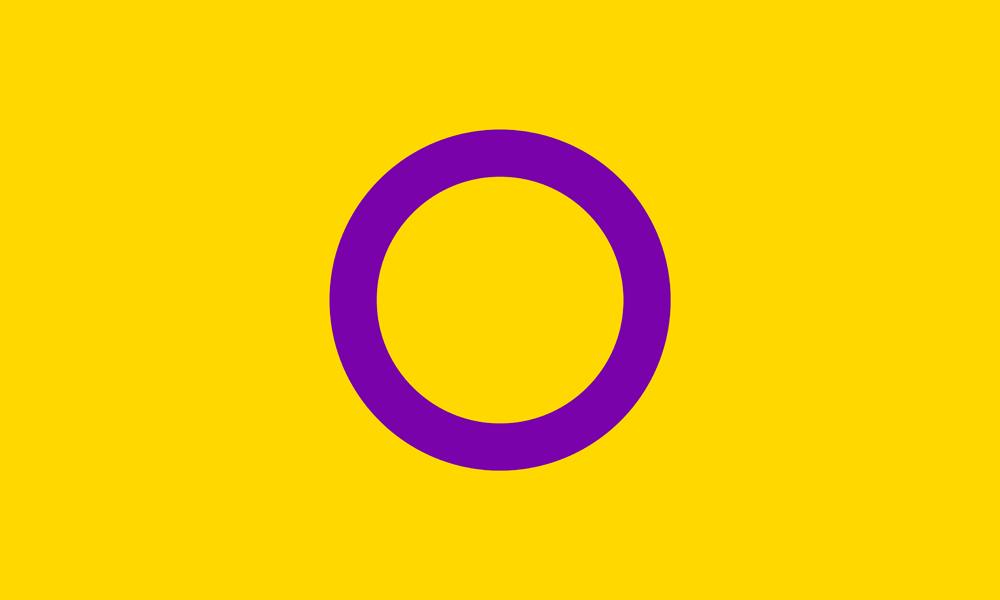
Intersex is a category for people whose bodies don’t conform to traditional definitions of male or female. There are many ways this can happen, with different biological causes. Many cases are spotted when a baby is born, but it’s sometimes revealed by unexpected development of body parts during puberty, or genetic testing at any age. Under current British law every child must be assigned either male or female soon after birth – something that will affect the rest of their life and is monumentally difficult to have changed – regardless of whether or not their body is easy to categorise accurately in that way.
Whether you are intersex is a separate thing from whether you’re nonbinary or transgender. Having said that, adults who seek change of legal gender status, or medical treatment, because they find it to be the best way to live with their intersex condition, are not adequately understood and supported by the law or by medical services in this country. The transition options that have been created for trans people, are often not well designed to meet the needs of intersex people.
There has been a history of surgery on the genitals of intersex babies (to which they cannot of course consent) according to doctors’ guesses of whether each baby will (or should) grow up to be a boy or a girl. And of children not being told of their intersex status. In recent years the presence of intersex (and trans) people in sport has become a topic of public debate and open discrimination, affecting their ability to participate at all.
Reinforcing the gender binary in this way has made intersex people invisible until far too recently, and denied them the agency to make the decisions that are right for their own lives. It’s made it much harder to gather accurate information about how many intersex people there are. We expect better estimates as more data comes in, but a study suggesting that about 1.7% of the population is intersex (similar to the number who have red hair) is often quoted by organisations campaigning for better awareness of intersex people.
Morgan Carpenter designed the intersex pride flag in 2013, in which both the yellow and the purple are chosen for gender neutrality – avoiding blue and pink. The circle represents wholeness and completeness.
Events:
- Intersex Awareness Day: 26 October
- Intersex Day of Remembrance: 8 November